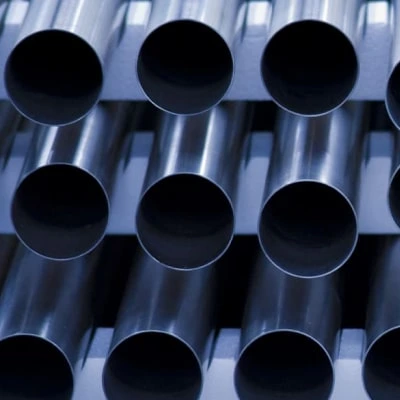Conveyor belt systems
Conveyor belt systems are the heart of any operation. Therefore, there's no room for compromise. Faulty conveyor belt systems hamper productivity and increase labour costs. This, in turn, raises production costs and negatively affects profitability. To maximize productivity and profit, you need conveyor belts that function smoothly and ensure the effective transportation of mass quantities while retaining uniform quality. This is where we play a major role.
At Utkarsh India Ltd., we have the license to produce IS 9295:1983 from the Bureau of Indian Standards under certification mark no. CM/L 5117854. We offer a comprehensive range of conveyor belt systems – engineered from the best-quality materials available and designed for high performance, cost-effectiveness, and safety.
Beyond conveyor belts, you can also trust Utkarsh for crash barriers, street light poles, high masts, traffic signal poles, steel tubular poles, CCTV poles, and other traffic structure solutions.
At Utkarsh India, we take pride in our commitment to quality and safety. Our production license, IS 9295:1983 from the Bureau of Indian Standards, ensures that our conveyor belt systems meet stringent industry standards. With a focus on durability, efficiency, and low maintenance, we ensure every part of the conveyor belt system contributes to seamless operations and long-term value.
-
With 40 years of manufacturing excellence and a team of 100 engineers working across the country, Utkarsh India Limited is a trusted name in the Infrastructure industry.
Related Products
FAQs
A conveyor belt system is a vital asset across numerous industries due to its ability to streamline material handling and improve efficiency. Industries that benefit most include:
- Mining and Quarrying – For moving bulk materials like coal, gravel, and minerals efficiently.
- Manufacturing – Where various parts of a conveyor belt system help automate the assembly line and transport components seamlessly.
- Food and Beverage – Ensures hygienic, fast, and consistent handling of products from processing to packaging.
- Logistics and Warehousing – For rapid sorting and movement of packages using advanced conveyor belt system designs.
- Agriculture – Ideal for moving harvested crops and produce efficiently.
- Pharmaceuticals – For safely transporting sensitive items in clean and controlled environments.
- Flat Belt Conveyors:
These are the most widely used conveyor belt systems. Ideal for transporting items in a straight line, they are used across industries such as packaging, manufacturing, and distribution. - Modular Belt Conveyors:
Made up of interlocking plastic pieces, these belts are more durable and easier to maintain. They are ideal for food processing and industries requiring frequent sanitation. - Cleated Belt Conveyors:
These belts come with vertical cleats that help carry materials at steep inclines. They are perfect for transporting bulk materials in the mining and agricultural industries.
- Rubber:
Commonly used for the belt surface due to its flexibility, durability, and resistance to abrasion. Ideal for general industrial use. - PVC (Polyvinyl Chloride):
Lightweight and resistant to chemicals, suitable for food and pharmaceutical industries. - PU (Polyurethane):
Offers excellent wear resistance and is often used in hygienic environments like food processing. - Steel or Stainless Steel:
Used for the frame, rollers, and pulleys, providing structural strength and resistance to corrosion. - Nylon or Polyester Fabric:
Often used as reinforcement layers within the belt to improve tensile strength and flexibility
Have enquiries? Drop them here..
Explore our insightful articles and expert perspectives on key topics related to our range of products.


